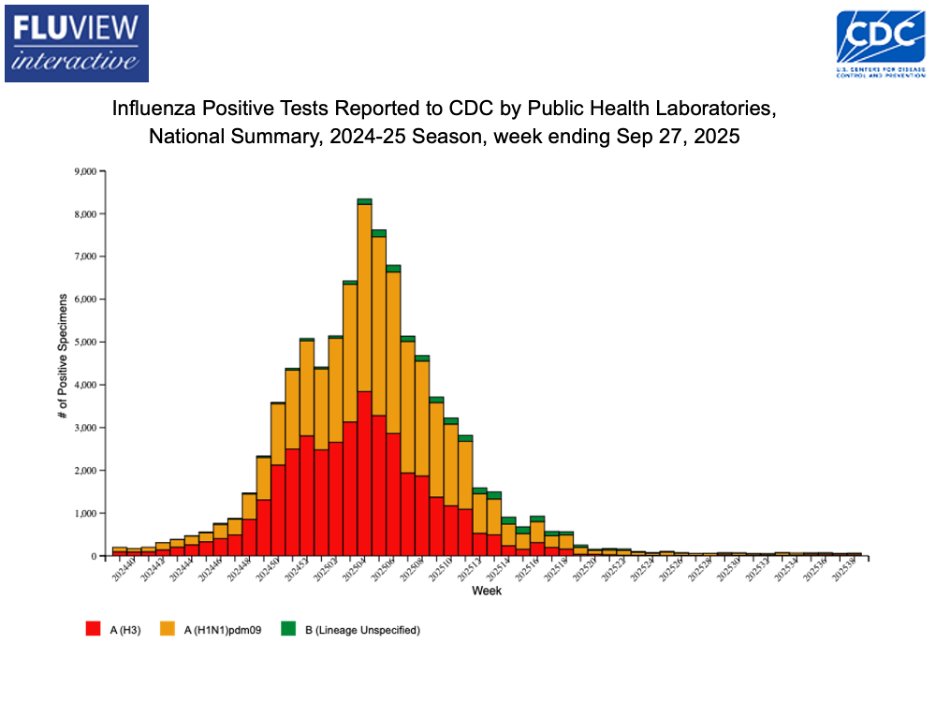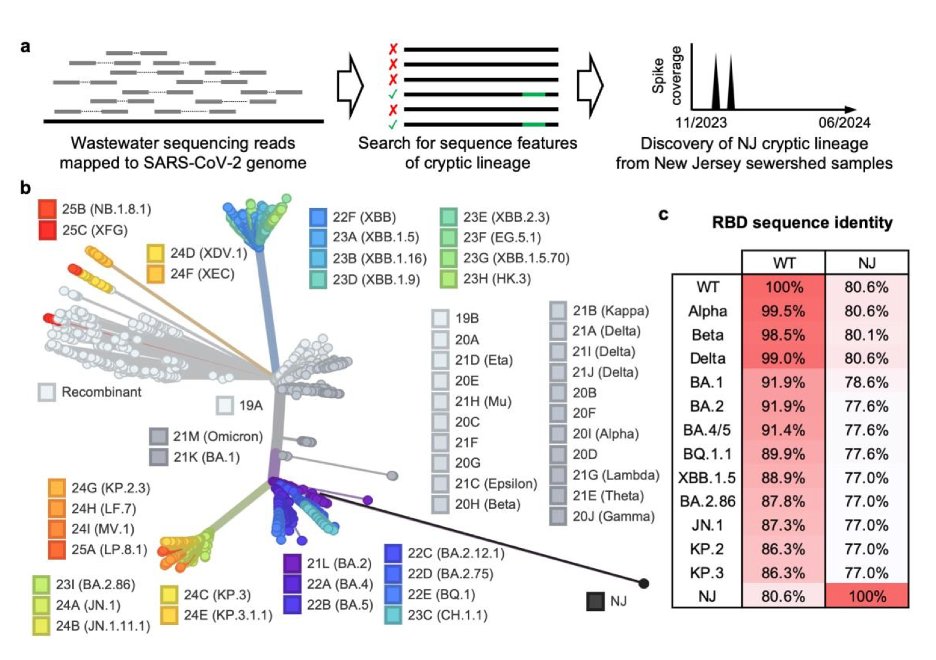
Molecular virologist, Professor, and wastewater detective.
Same handle on bsky.
Ignore the check, I'm doing an experiment.
20 subscribers
How to get URL link on X (Twitter) App



https://x.com/SolidEvidence/status/1758255313440907668This preprint just came out. @wchnicholas and team reconstructed and tested the NJ Spike and found that it has the tightest ACE2 binding of any SC2 Spike ever measured.




 For a long time cryptic lineages were all from pre-Omicron lineages.
For a long time cryptic lineages were all from pre-Omicron lineages. 
 As you can see, rhinovirus season (which started in the Spring) is pretty much over.
As you can see, rhinovirus season (which started in the Spring) is pretty much over. 





https://twitter.com/SolidEvidence/status/1958155868219777354The pretty universally agreed on difference is that Novavax has fewer side effects.

 SARS-CoV-2 lineages come up with new constellations of mutations in 3 main ways.
SARS-CoV-2 lineages come up with new constellations of mutations in 3 main ways.
 Contrary to my prior assumptions, many of the most common pathogens are not everywhere, all the time. They occur in discrete waves, often nationwide.
Contrary to my prior assumptions, many of the most common pathogens are not everywhere, all the time. They occur in discrete waves, often nationwide.https://x.com/SolidEvidence/status/1939338601483083956

 Rhinoviruses (Rhino is Greek for nose) are picornaviruses in the enterovirus genus (same as polio). Enteros can be GI or respiratory (or both), but Rhinos are usually respiratory, and are the main cause of the common cold.
Rhinoviruses (Rhino is Greek for nose) are picornaviruses in the enterovirus genus (same as polio). Enteros can be GI or respiratory (or both), but Rhinos are usually respiratory, and are the main cause of the common cold.


https://x.com/SolidEvidence/status/1872953895280169172

https://x.com/SolidEvidence/status/1914047316388118878

 This is a collaboration with SecureBio that started about 18 months.
This is a collaboration with SecureBio that started about 18 months.
